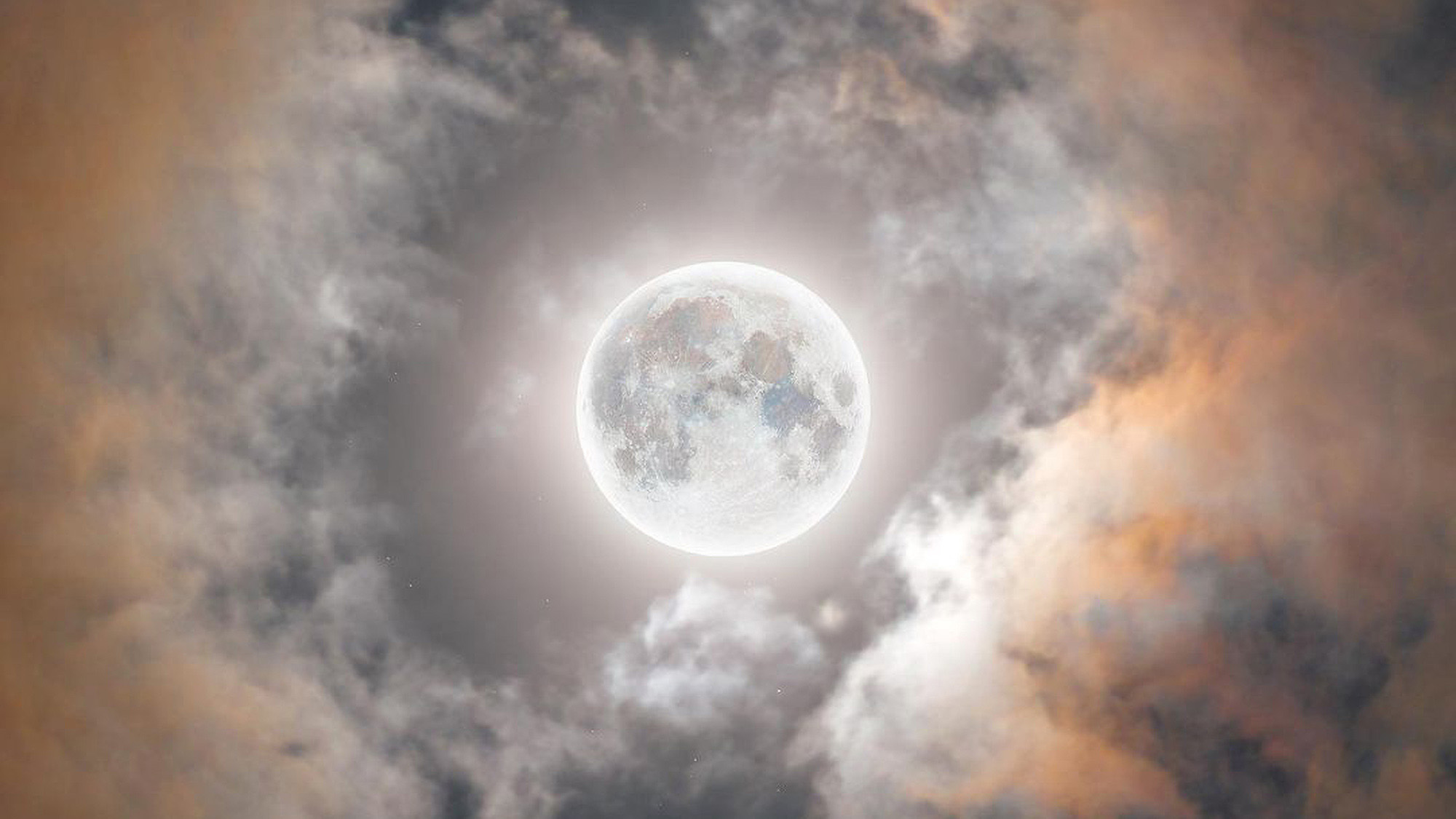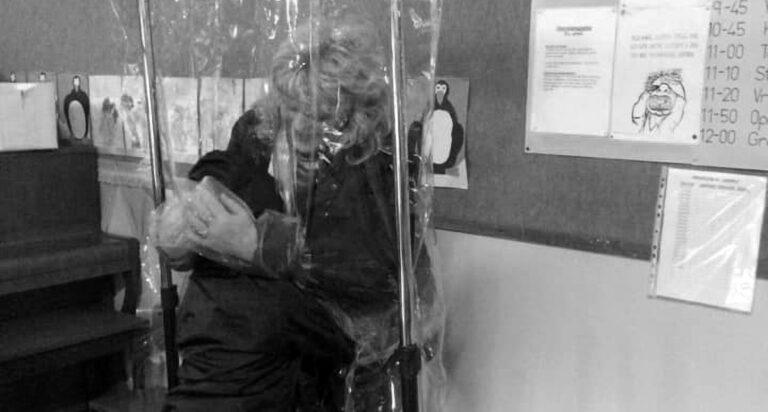These stunning images of last week’s blood moon were captured by an Iraqi astrophotographer with a fast-growing online following.
Darya Kawa Mirza, 28, who comes from Erbil, capital of the Kurdistan Region of Iraq, shares his astrophotography images on Instagram where he boasts a following of 131,000.
After skywatchers were treated to a blood moon, also known as a hunter’s moon, on 21st October, Darya shared several stunning snaps with the message: “What is Hunter’s Moon? Also called the blood moon or sanguine moon, it is the first full moon of fall in the Northern Hemisphere.
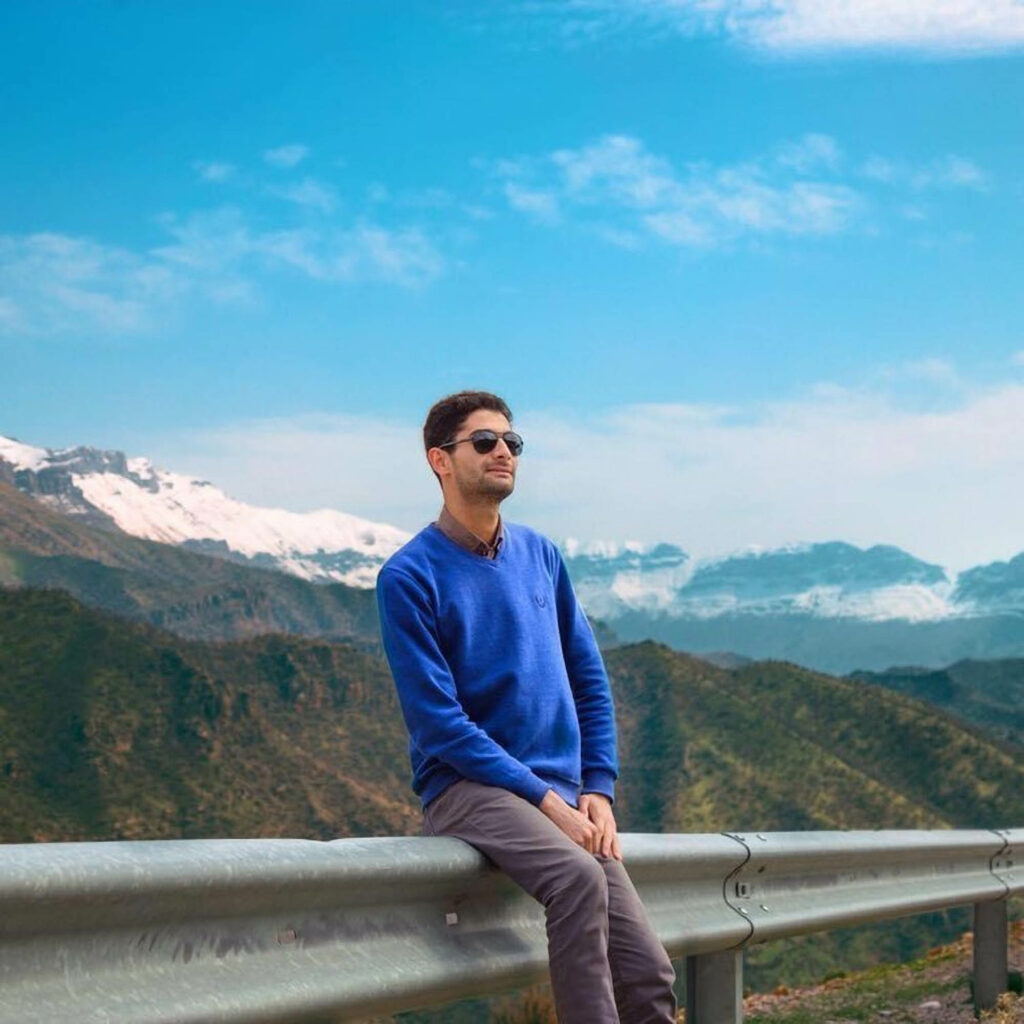
(@daryavaseum/Newsflash)
“As autumn settles in and crops are cleared from the field, hunters journey into the twilight to stock up on fattening deer – guided by the light of a full moon, known as the Hunter’s Moon.”
In an exclusive interview, Darya told Newsflash: “I love the night sky, the stars and the planets, and exploring the unknown.”
When asked how he achieves his perfectly-timed snaps, Darya said: “Astrophotography is completely different from normal photography, and you have to be patient, calm, waiting for the best moment.
“Sometimes, even after working on a single image for a month, most pictures are far from perfect and 95 percent will go in the bin.
“Every month we have a different full moon, some years it is 12 and others 13, it depends mainly on the number of full moons in that year and hunter’s moon is no exception.
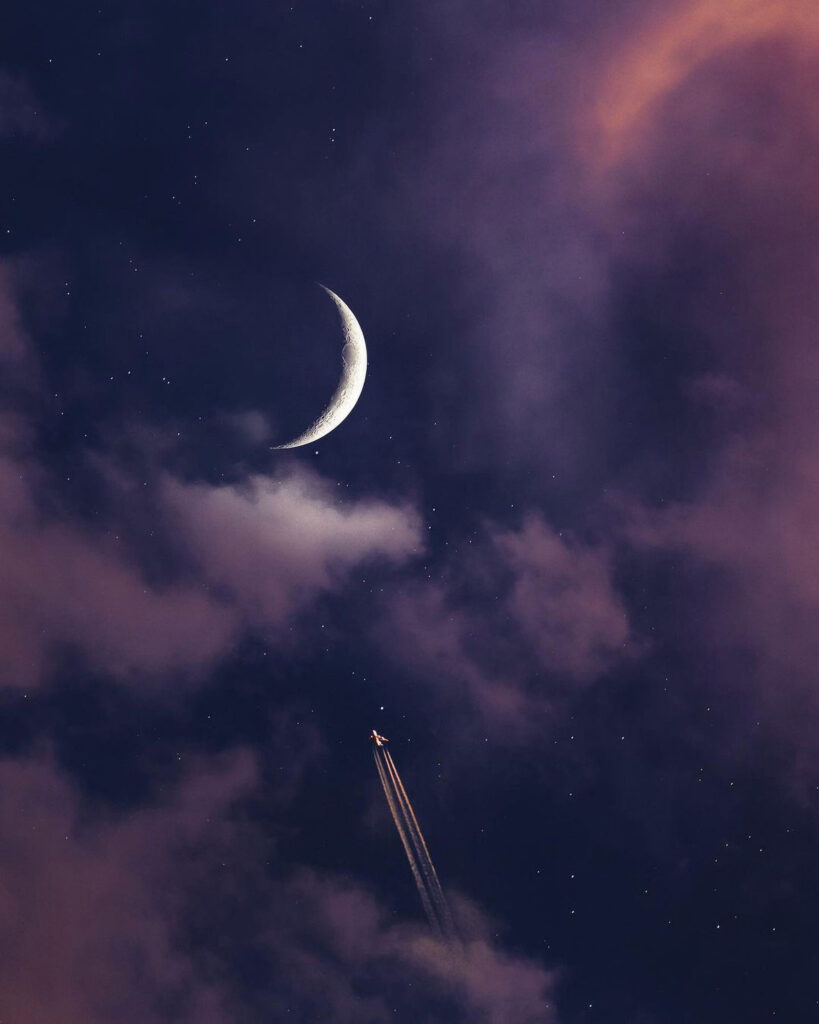
During that time a spacecraft travels at least 240,000 miles (386,400 kilometres) which is the distance between Earth and the Moon.
(@daryavaseum/Newsflash)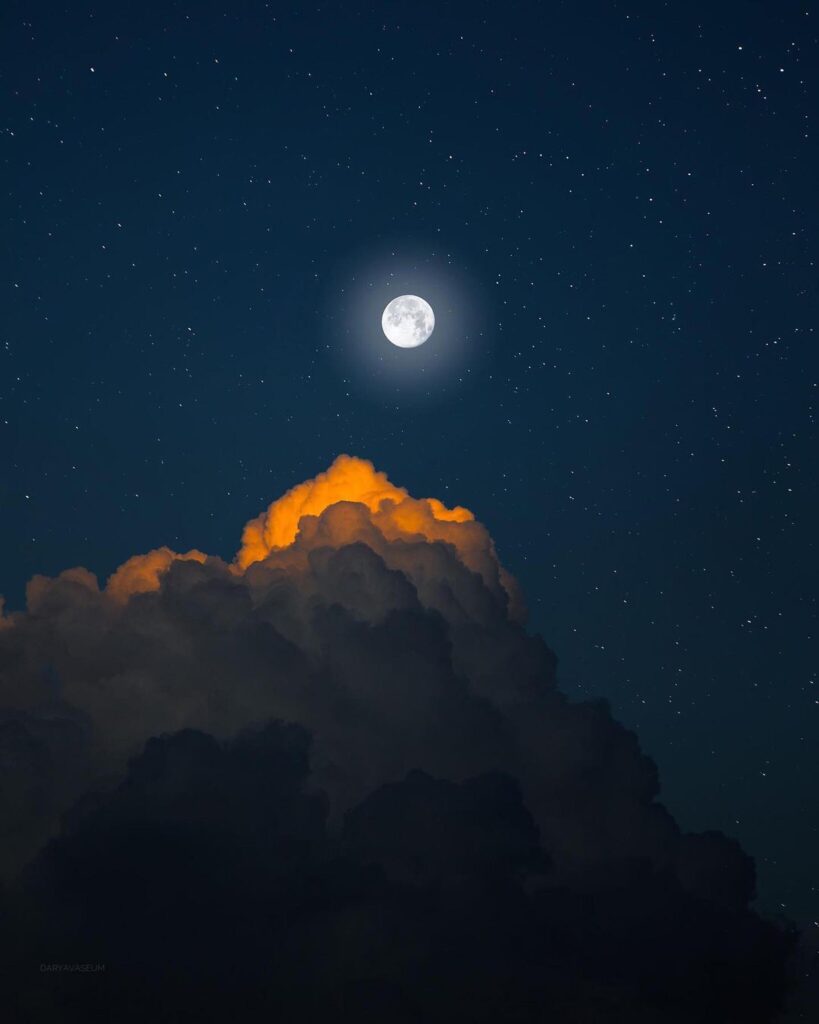
Moonlight illuminates a lake and its surroundings. During a lunar eclipse, the Moon is coloured red by indirect sunlight, which Earth’s atmosphere has scattered and refracted.
(@daryavaseum/Newsflash)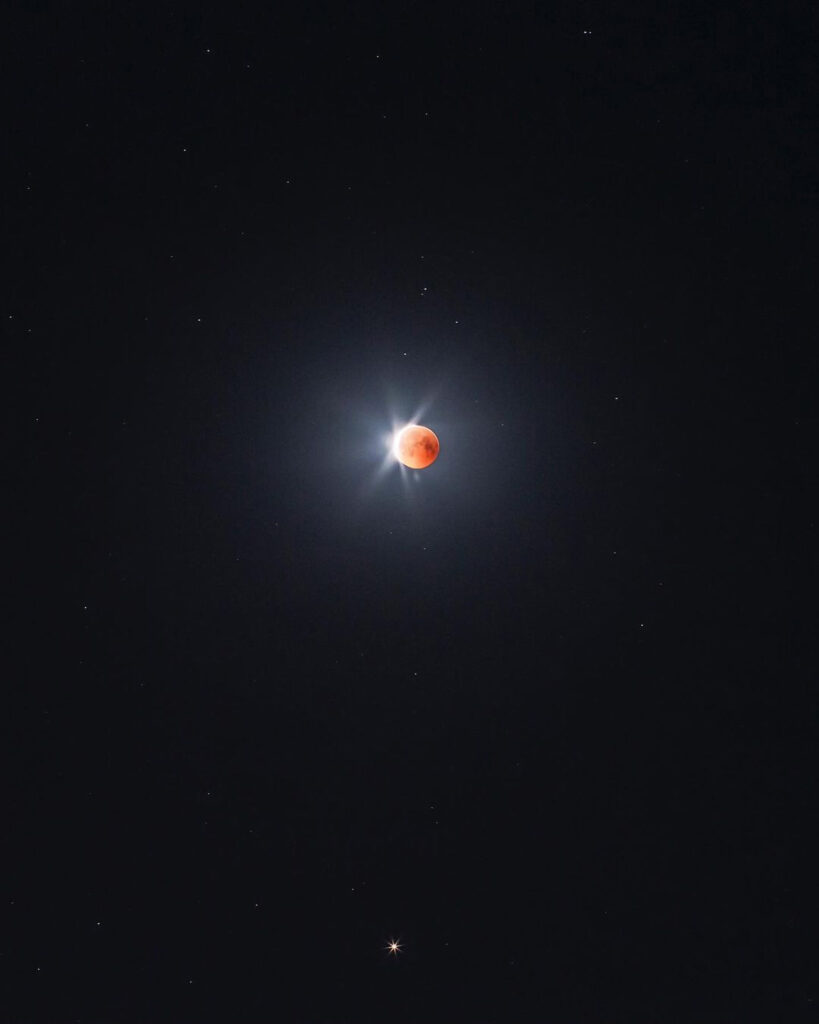
Conjunction between mars and moon during a lunar eclipse in July/ 28/2018.
(@daryavaseum/Newsflash)
“This year, I got some great shots of hunter’s moon because, during a full moon at this time, the moon is at its highest point above the horizon, leading to less atmospheric turbulence.”
With regards to equipment and filters with his photography, the astrophotographer, who is currently studying for a Master of Science degree at university, said: “I don’t use filters for my images, only raw data editing in Photoshop or another type of software.
“There are several devices I use, like my cameras (Canon EOS 6D and Canon EOS 1200D) and lenses Canon EF 24-105mm, Canon EF 70-200mm f/4L USM, and Canon EF 85mm f/1.8 USM.
“I also use a Celestron Astro Master 114eq telescope and a Celestron NexStar 8SE telescope.”
As for his plans for the future, Darya told Newsflash: “I have some ideas for what I would like to do, but for now I am just going to focus on my studies and what I am currently doing.”
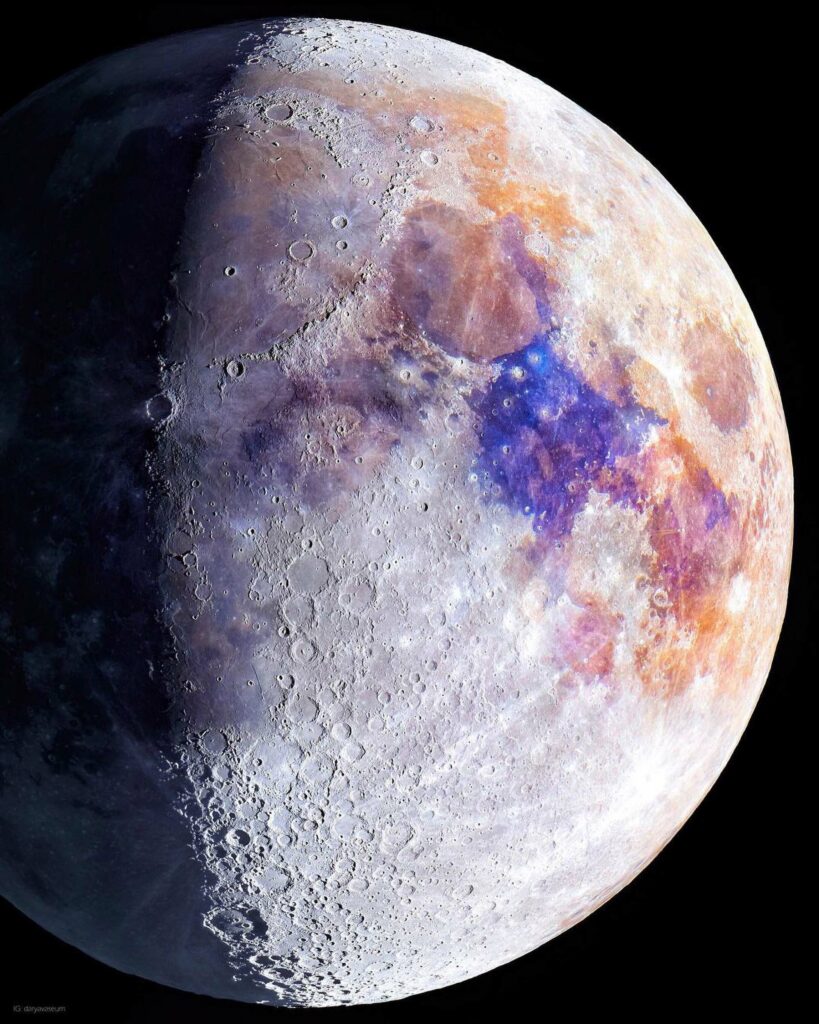
The giant-impact hypothesis sometimes called the Big Splash, or the Theia Impact suggests that the Moon formed from the ejecta of a collision between the proto-Earth and a Mars-sized planet, approximately 4.5 billion years ago.
(@daryavaseum/Newsflash)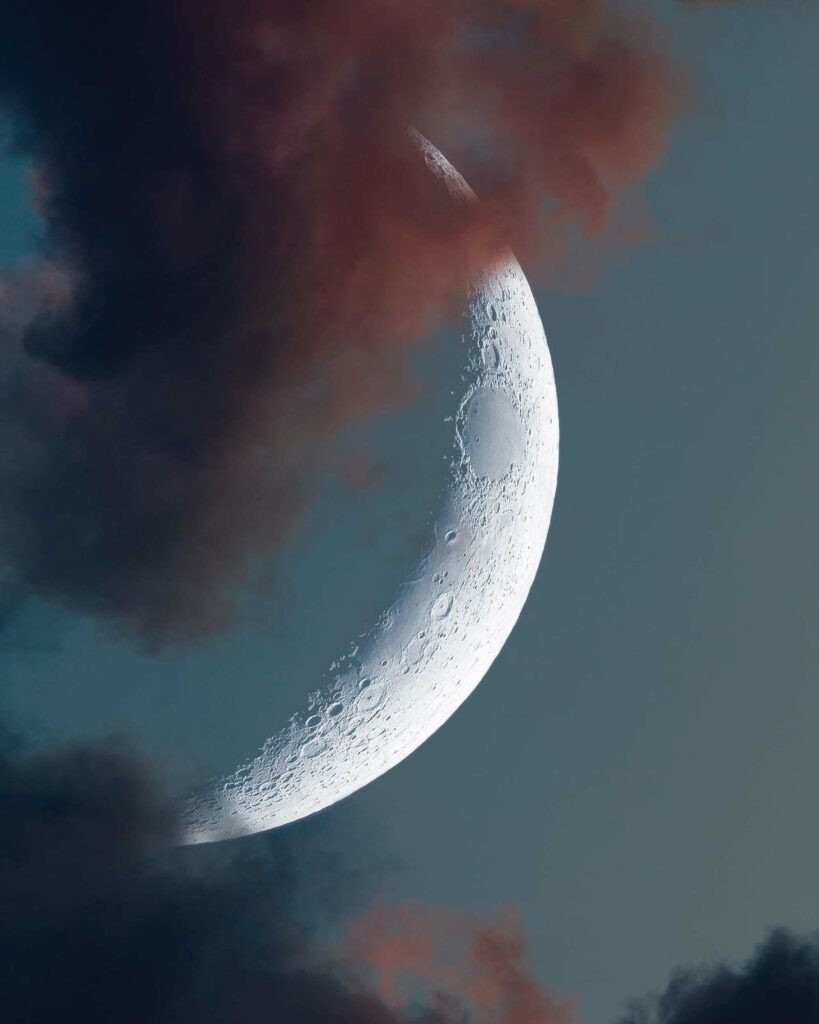
A short time compared to the sun and the moon and all that photographed by Darya Kawa Mirza,28, in Erbil, Iraq.
(@daryavaseum/Newsflash)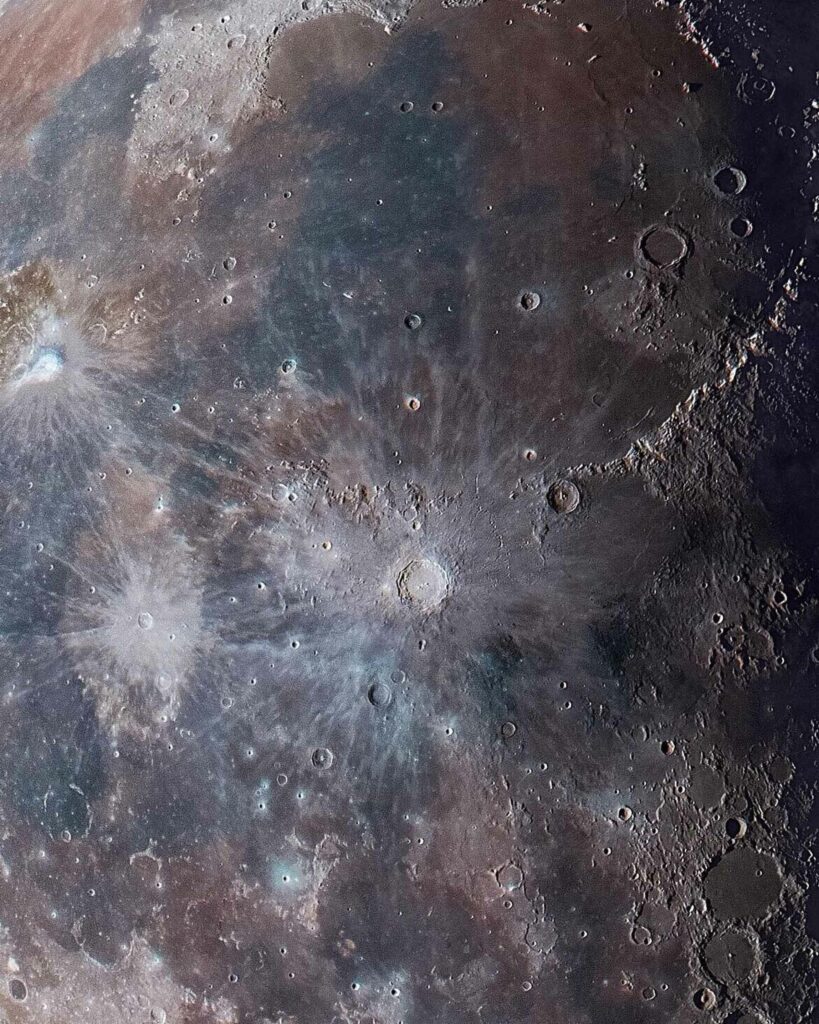
The lunar south pole region features craters that are unique in that the near-constant sunlight does not reach their interior.
(@daryavaseum/Newsflash)
To find out more about the author, editor or agency that supplied this story – please click below.
Story By: Arian Movileanu, Sub-Editor: William McGee, Agency: Newsflash
The Ananova page is created by and dedicated to professional, independent freelance journalists. It is a place for us to showcase our work. When our news is sold to our media partners, we will include the link here.

